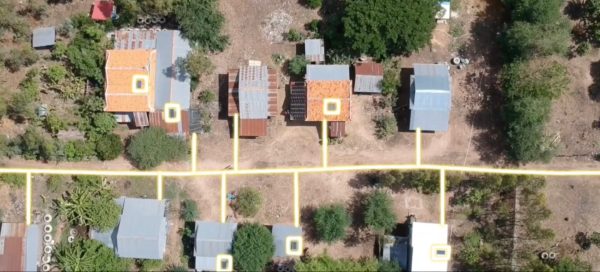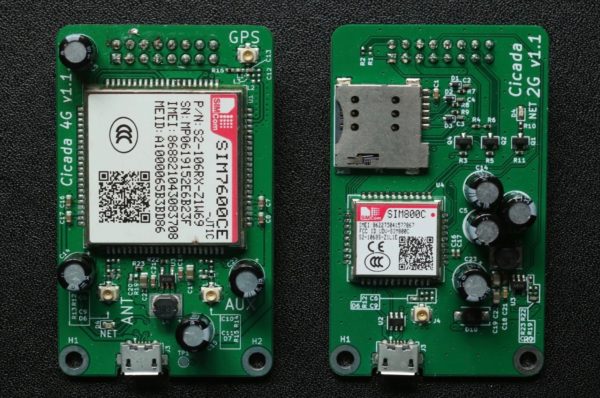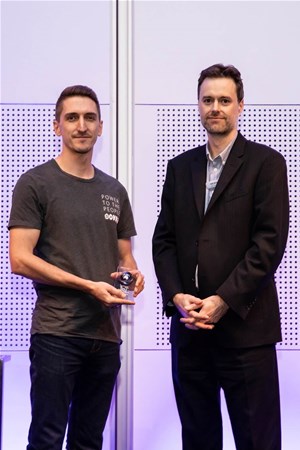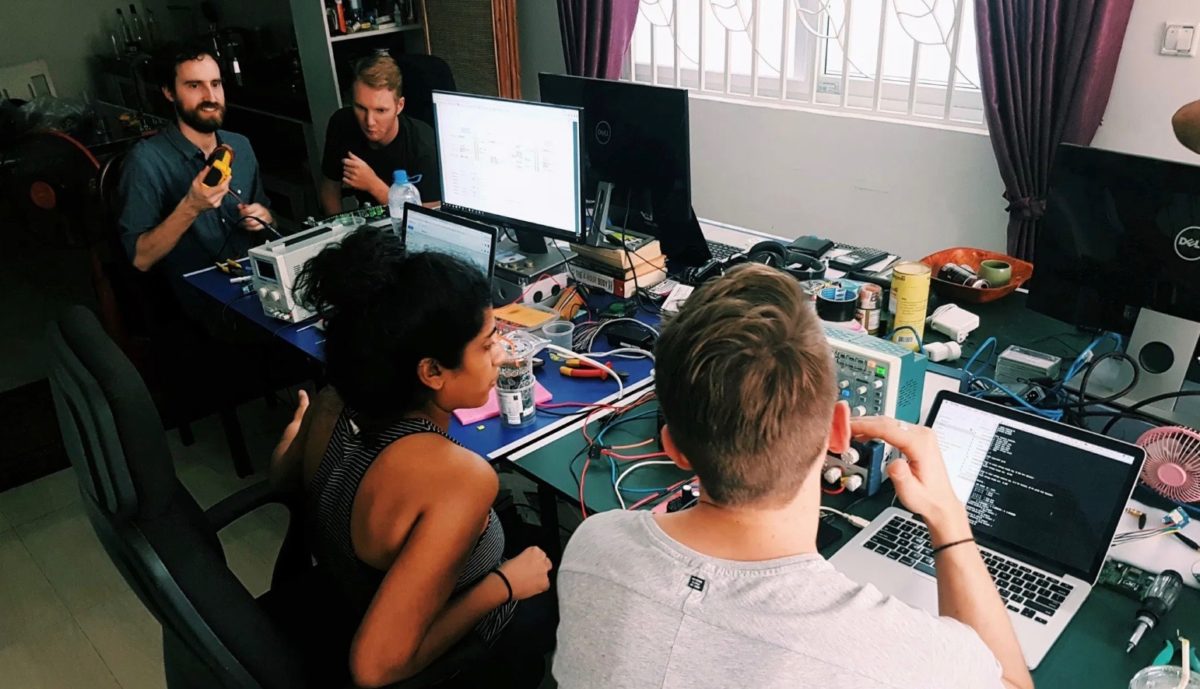pv magazine Australia: Okra Solar is endeavouring to help off-grid communities around the world leapfrog fossil fuels and become renewably self-sustaining through solar PV. How did this dream start?
Okra Solar co-founder and CEO Afnan Hannan: We’re a bunch of people who met up over the internet and decided to come to Cambodia. The decision involved getting paid $0 or very little, some working second jobs remotely, just so we could try and figure out if energy can be delivered to remote communities in a much better way.
We weren’t solution orientated, we were problem orientated, so as the team grew from 2 to 5 to 8 people, all living in the same startup house, we’d take turns talking to different energy companies to figure out what was stopping them from getting energy out to the millions of people in Cambodia without power.
And what did you come to?
Eventually, we prototyped a solution that would let them skip the energy grid all together by setting up significantly cheaper (roughly 10x) solar microgrids. The microgrids would be controlled and monitored remotely through software. This prototype was enough to raise a bunch of money and start a real business!
Okra’s DC distributed technology allows solar PV systems to connect to smart grids. The result is neighbourly micro-grids enabling intermittent and prioritised use. What differentiates Okra’s distributed microgrids from others?
Extending the electricity grid to a remote village of 100 or so houses is not the most feasible option. The best options are pretty much solar home systems or minigrids.
Solar home systems are great for getting basic access such as lighting but with intermittent and productive loads, like those of a washing machine or a pump which may not be used every day, the solar home system probably won’t cover it. Or, if it does cover it, it is wasting the majority of power for most of the days. On the other hand, a minigrid can provide ample power to an entire community, but all of the power is delivered through a single point where it’s generated and stored.
Of course, a single generative point introduces a risk to the entire community, this means PV and storage capacity needs to be oversized. Moreover, with so much energy going through that single point, a lot of money needs to be invested to boost voltages and have an appropriate distribution setup to handle that much power.
This is where Okra comes in. We learnt that distribution and power conditioning are the most expensive parts of a minigrid, not PV and storage. We put ourselves in the middle of this situation by enabling solar systems to be installed on every house and meshing them together with our smart IoT devices. This ensured that most of the power generated is actually used where it is generated, not at a single point that would necessitate expensive distribution and power conditioning.

Only when there’s excess power or a house needs a big boost for a certain period of time does the network “share” power between neighbouring systems in the mesh. And because there’s not actually much power going through any single point the system is far more resilient to blackouts. Lower power at any point also means voltages can be reduced, adding a variety of benefits including safety, easy facility to scale up, and of course, it’s a fraction of the cost.
So this would explain why Okra’s DC tech is one-third the cost of traditional AC microgrids?
Exactly right.

Image: Okra Solar
The Okra Solar story is a fantastic one. Could you imagine, when the Okra team were huddled around a ping pong table as a shared desk in a Cambodian village, that the company would be where it is today?
It is really exciting. We’ve loved the journey so far and cherish it for what it is – hustling and being pushed to the limit by a bunch of smart and awesome people who share a passion. You might’ve noticed I never mentioned work?
We’re also really excited about the future. We want to see everyone on the planet get energy access in the next decade and we’re really happy to be part of making that change happen. Though, to be honest, we haven’t “made it” by any stretch of the mind yet. When I go travelling to present at a conference, I’m still staying at hostels and working out of the common area. And there’s so many people yet to have power, it doesn’t really matter how much money we’ve raised or how many awards we’re winning, for now there’s a lot to do and we’re really still in that “ping pong” table phase.
What solar modules and tech is Okra solar utilising?
We don’t install or own the modules, we let our partners decide on that front. But a bunch of our partners are using Canadian Solar. In my opinion, modules are generally a proven technology now so you can go for a lot of the non-household name brands in China and still get a really quality product at a very good price. Can you believe we’re getting quotes for 22c/Wp for PV from our suppliers in China right now?
Solar really is a Brave New World, with economies of scale at 22c an enormous amount can be done. And what partnerships is Okra maintaining?
We have relationships with a bunch of PV and battery suppliers in China so our distribution partners who do the work of energising communities in the field can have access to trusted, low cost equipment if they need help in sourcing. We also have partnerships with appliance suppliers, logistics companies and mobile money providers.
Okra has already deployed its solution in Cambodia, Indonesia and the Philippines. What has been the scope of these installations?
All of the deployments to date have been proof-of-concepts.
To demonstrate a) the technology works, solar power can be shared between systems in a mesh & managed remotely through software. b) houses are willing to pay for reliable, productive use of energy because they make more money from having this access. And c) energy companies can deliver this solution to the communities in a commercially sustainable way.
Our partners have taken this tech and energised about 1,000 people in three countries. We tested three markets because in all cases there’s different local partners, the communities will use energy in different ways, and of course, the regulations (hence the business models) are all different too. So far, we’re finding the Philippines is where all the indicators are aligning for us to scale out fast, but we want to have a massive impact in all of these countries.
What is the next step Okra Solar needs to make toward its goal of powering a billion people around the world?
Now that we’ve piloted in multiple markets and we know where we really want to scale out, we need to show that we can go deep. It’s no longer about energising a few hundred or a few thousand people, it’s about making sure hundreds of thousands of people can quickly get access to reliable 24/7 energy through this solution. That will serve as a recipe, if you will, or an archetype for other utilities and governments around the world to follow. So, in the next 24 months you can expect us to go really deep in South East Asia.
Okra closed its seed round in September 2019, how did it go?
The seed round went well, it did what a seed round is supposed to do, provide a bit of bridging finance while we iron out the creases in our prototypes and get deals signed with our customers. These things take a lot of time and it’s easy to run out of steam between proof of pilot and deals signed to start scaling out – especially when involving governments and a big utilities sector like electrification.

Image: IoTHUB
Self-sustainable power is transformational for anyone, let alone remote communities, how are these remote communities utilising solar energy? (I.e. cricket incubators, egg incubators, rice dryers etc.)
Remote communities are using energy in many ways that we couldn’t imagine beforehand. Some of the children are learning by watching videos on YouTube, some of them have started to build a following on apps that I don’t even understand how to use properly, like TikTok. This is what really excites me, the unknowns of what they’re going to do with energy. But we can’t get past the fact that they’re able to do these things because they now have access to the basics. Lighting enables them to work at night, freezers and refrigerators allow them to keep their produce fresh, and also a few more left field things such as using energy for incubating eggs and incubating crickets (that’s right the insect type). They’re doing a lot of things and with access to uninterrupted 24/7 energy, well, the opportunities are endless.
Where to next for Okra Solar?
You’ll have to wait and see, we’re in the early days. Keep expecting us to innovate in the off-grid space, mesh networks are just the beginning. We want to continue to build the best technology to deliver and manage energy services for off the grid communities. We expect some of the stuff we’re putting out, such as real time demand side management and AI based prediction and optimisation of repayment, are going to be back propagated to western markets. So that’s pretty exciting.
This content is protected by copyright and may not be reused. If you want to cooperate with us and would like to reuse some of our content, please contact: editors@pv-magazine.com.









“Okra Solar co-founder and CEO Afnan Hannan: We’re a bunch of people who met up over the internet and decided to come to Cambodia. The decision involved getting paid $0 or very little, some working second jobs remotely, just so we could try and figure out if energy can be delivered to remote communities in a much better way.”
The World is better off with these eight, than a million Greta Thunberg’s.
“Can you believe we’re getting quotes for 22c/Wp for PV from our suppliers in China right now?”
Yes, but what will it be “next” year?